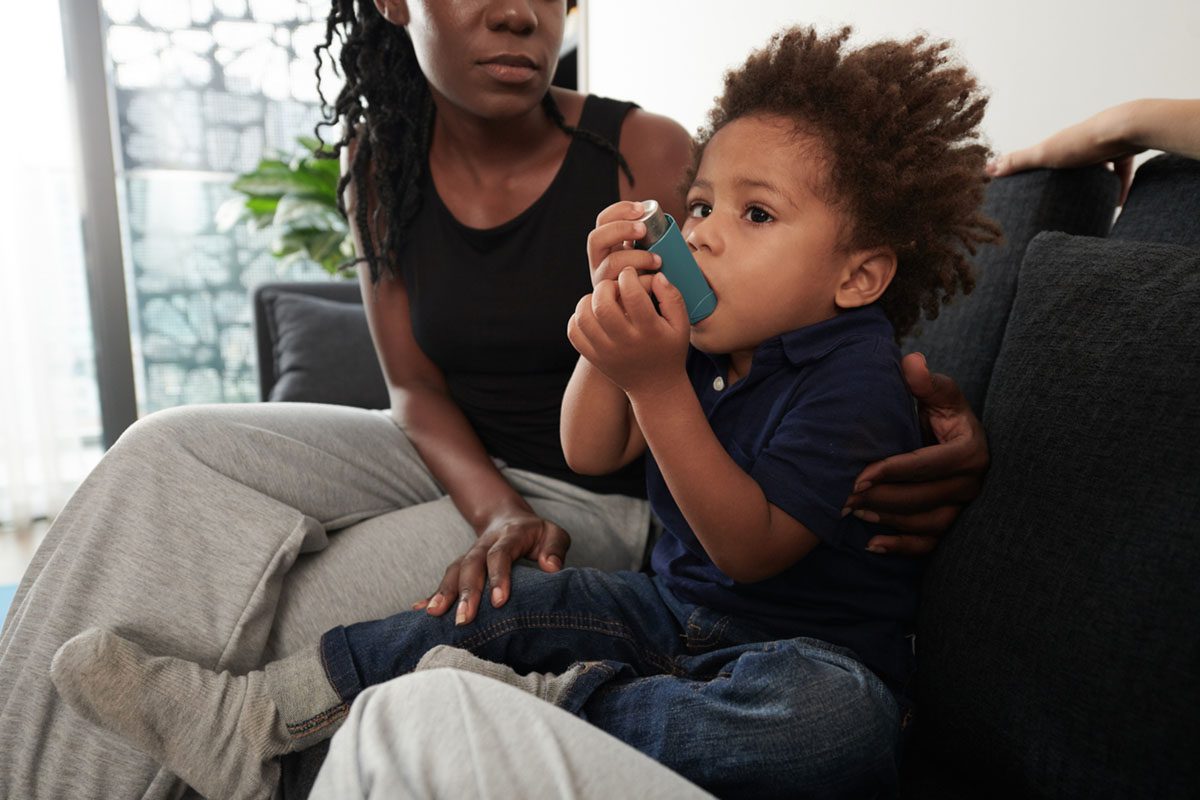
A Case of Folie × Trois Induced by a Child
Shared psychotic disorder is a clinical condition in which people in close association share delusions of similar content.1 While the most common cases of shared psychotic disorder involve 2 people, in some rare cases a larger number of individuals are affected,2 with few reports in children.3,4 We present a case of a child involved in a folie × trois, a psychosis shared by 3 persons.
Case report. The subjects included a 13-year-old girl, her mother, and grandmother; none had any relevant medical or psychiatric history. Family history included 1 distant relative with psychotic disorder not otherwise specified and another with schizophrenia. The family was of South American origin but was currently living in Spain. The mother had given birth at a young age, and the grandmother had taken on many of the caregiver duties. The girl’s parents had had a difficult relationship; she had little contact with her father during her early childhood, and had not seen him since the age of 4 years. At presentation, the girl lived alternatively with her mother and grandparents. The family was Catholic and attended church once a week.
Seven months before admission, the girl began to present unspecific fears and insomnia, and her school performance declined. Four months later, she developed a growing interest in religion: she began to attend church more often and became critical of what she considered non-Catholic behaviors. She also began to visit an evangelist church, where she was told that she was “special” and an “angel enlightened by God.” Thereafter, she became increasingly immersed in her religious preoccupations and experienced a number of visions of Jesus Christ. Several weeks later, while in class, she reported hearing God’s words in Latin, which she wrote down in an unintelligible script. Her mother later interpreted this writing as a message from God that they had been chosen to save the country, as the end of the world was approaching. They shared these experiences with the grandmother, who despite initial reluctance, eventually accepted their beliefs. During the following days, the 3 women embarked on a number of rituals aimed at purification, reported visions of religious content, and interpreted physical sensations as messages from God. The night before admission the 3 women aimed to leave their home to build a temple but were intercepted by family members who took the girl and grandmother to hospital. The mother managed to escape but was eventually found by the police, who also took her to hospital.
The mother was admitted to an adult inpatient unit for 2 weeks where she received a diagnosis of shared psychotic disorder (297.3, DSM-IV-TR5); treatment with olanzapine 15 mg/d was initiated and maintained at discharge.
The girl was admitted to a child and adolescent inpatient unit for 7 weeks where she received treatment with olanzapine 15 mg/d and aripiprazole 7.5 mg/d; she met criteria for a schizophreniform disorder (295.4, DSM-IV-TR5). Contact with her mother was forbidden, and visits with her grandmother were supervised. At discharge, she was referred to a day unit and went to live with her grandparents.
The grandmother presented significant improvement after a short observation in the emergency room. One week later, during which she had no contact with her daughter or granddaughter, she showed full clinical remission; no hospitalization or antipsychotic treatment was required.
At 6 months after admission, both mother and daughter presented predominantly negative symptoms; they both met criteria for schizophrenia (295.3, DSM-IV-TR5). The grandmother remained asymptomatic.
Discussion. We present a case of shared psychotic disorder between 3 females of different generations. An important feature is that the child was the first to experience psychotic symptoms and acted as the primary source of psychosis, whereas classically, children with shared psychotic disorder have been described as sharing delusions originating from adults.2,6 In addition, the quality of the attachment between the child and the grandmother may have contributed to this multigenerational psychosis.6 The traditional treatment approach, separation of individuals,7 was effective in the case of the grandmother, but it did not alleviate the symptoms of the mother. A recent review2 supports the notion that separation may not always be sufficient for treating individuals with psychosis induced by another individual. This may be related to the fact that these subjects often share additional psychosis risk factors, such as a family history of psychosis, immigration,8 or a possible history of psychosocial stress,9 as illustrated here.
References
1. Dewhurst K, Todd J. The psychosis of a association; folie × deux. J Nerv Ment Dis. 1956;124(5):451-459.




